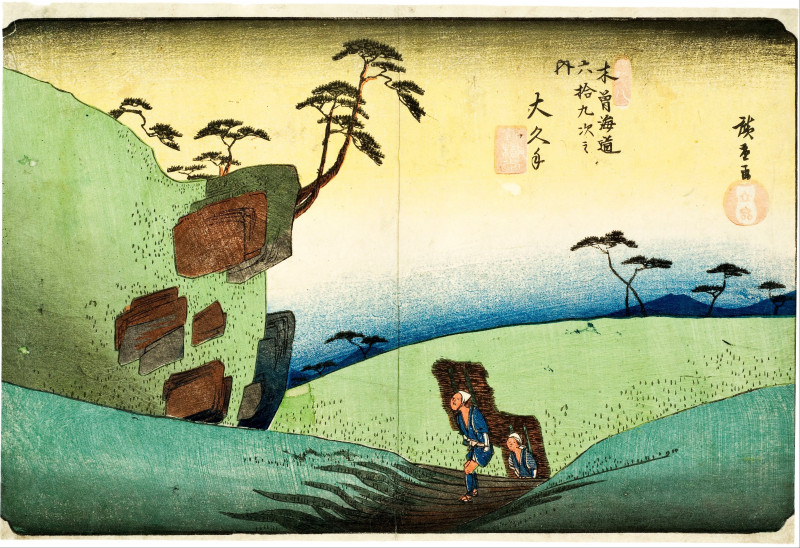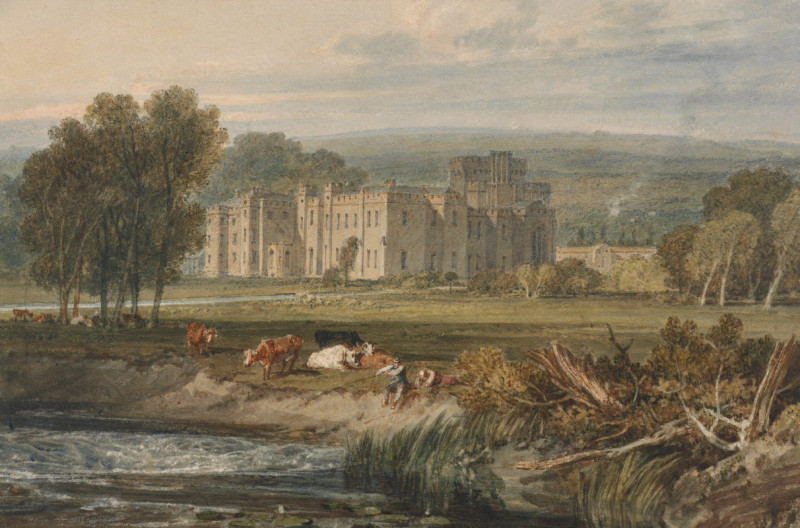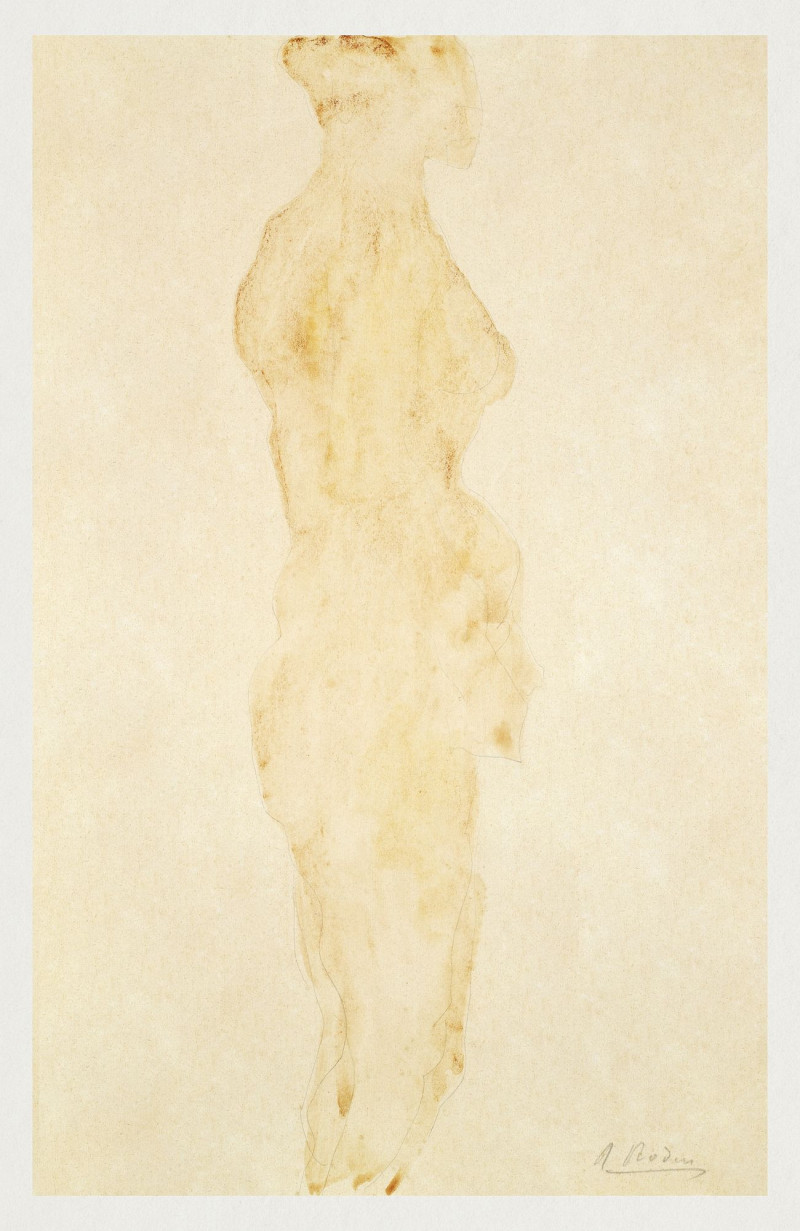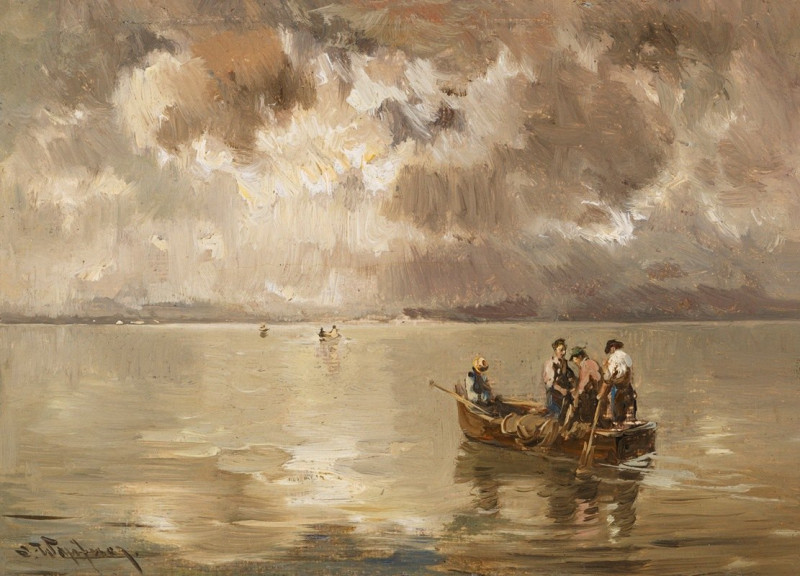Valle Crucis Abbey, Denbighshire (ca. 1799)
More about this artwork
Delivery
Returns
Thomas Girtin was an English watercolourist and etcher. A friend and rival of J. M. W. Turner, Girtin played a key role in establishing watercolour as a reputable art form.
Thomas Girtin was born in Southwark, London, the son of a wealthy brushmaker of Huguenot descent. His father died while Thomas was a child, and his mother then married a Mr Vaughan, a pattern-draughtsman. Girtin learnt drawing as a boy (attending classes with Thomas Malton), and was apprenticed to Edward Dayes (1763–1804), a topographical watercolourist. He is believed to have served out his seven-year term, although there are unconfirmed reports of clashes between master and apprentice, and even that Dayes had Girtin imprisoned as a refractory apprentice. Certainly Dayes did not appreciate his pupil's talent, and he was to write dismissively of Girtin after his death.

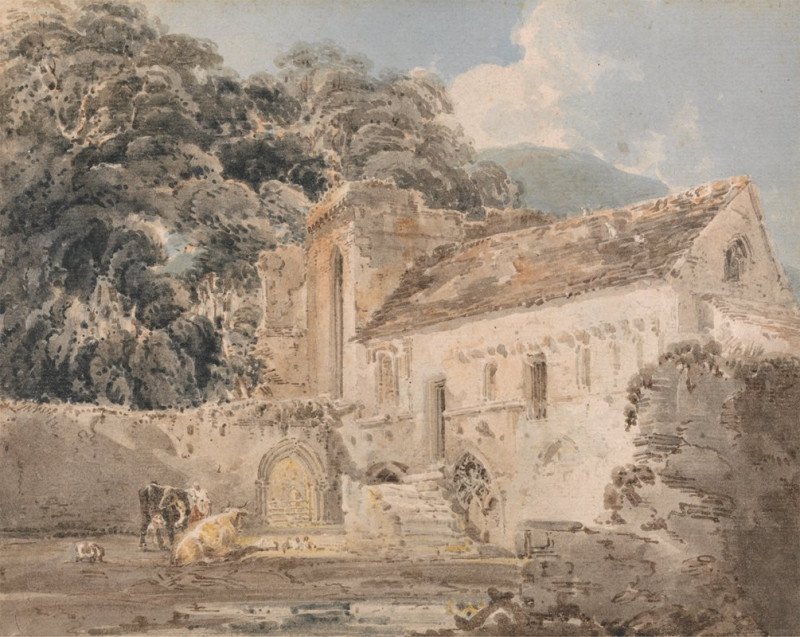
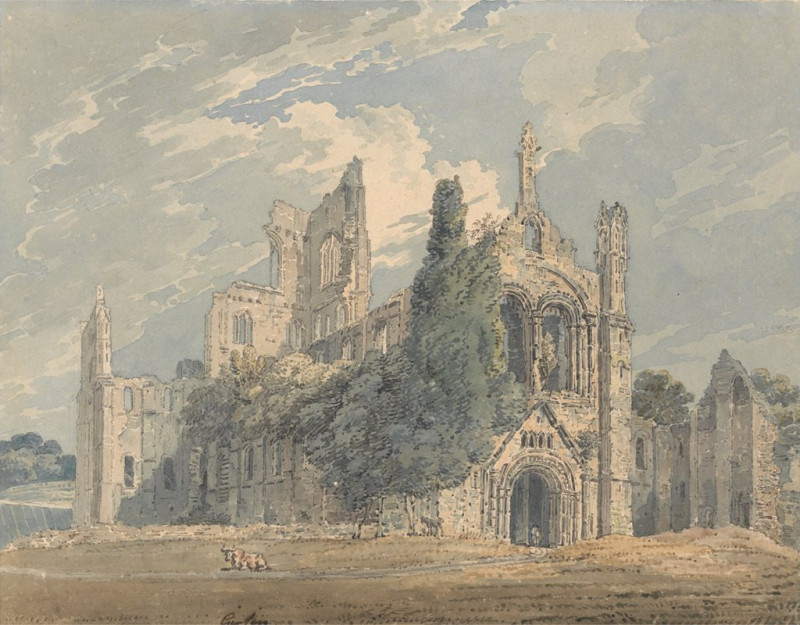
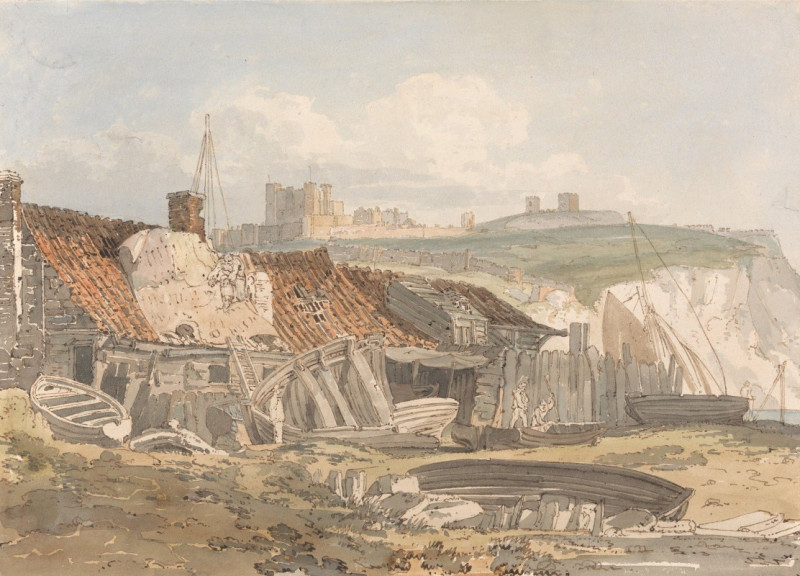


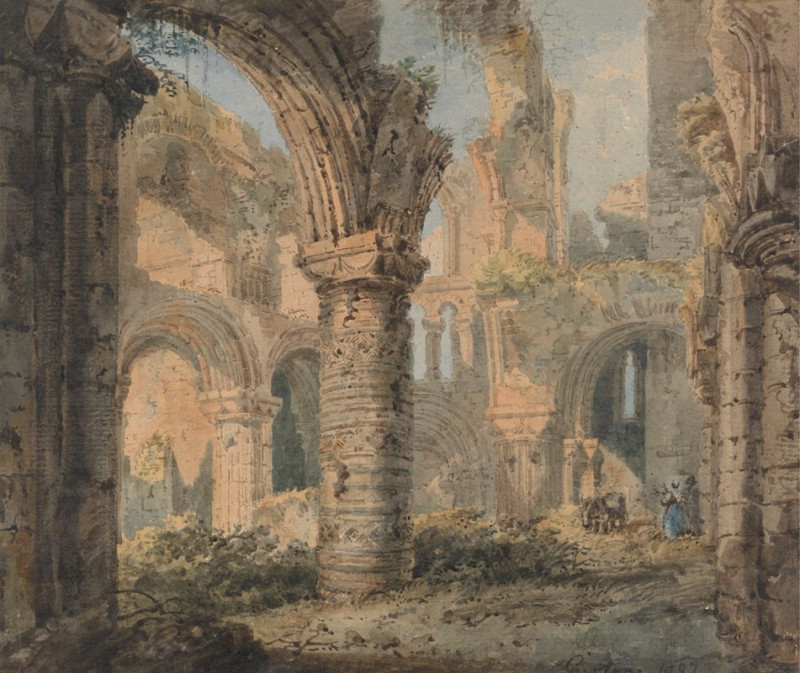
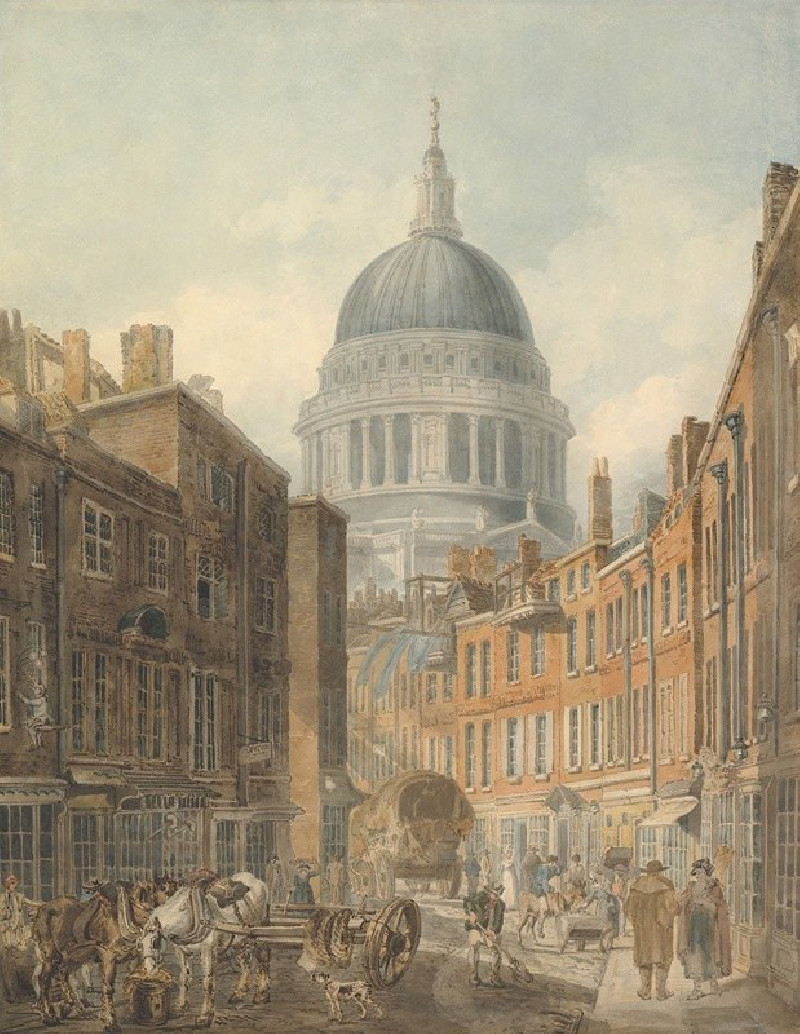
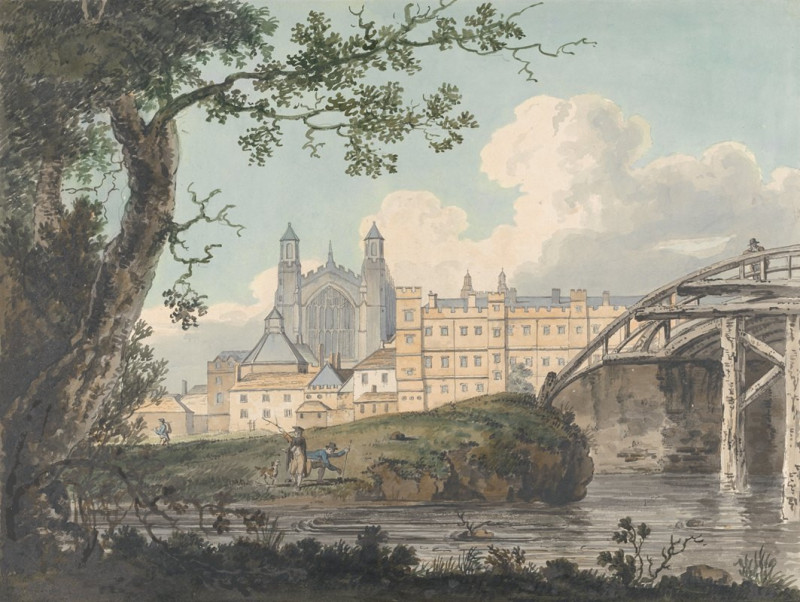
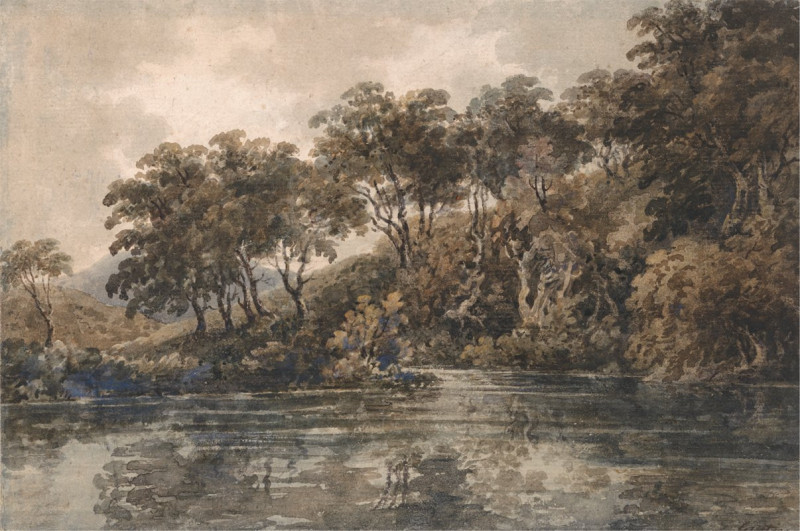



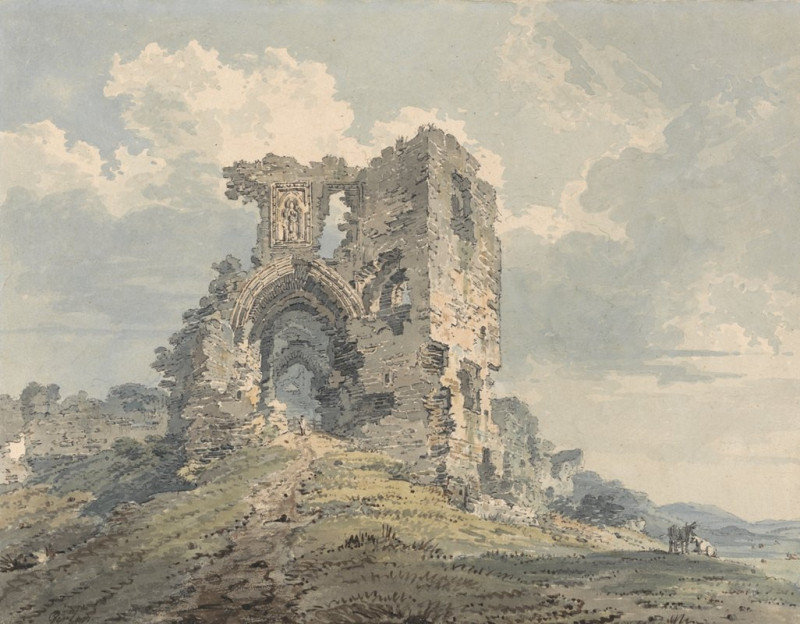
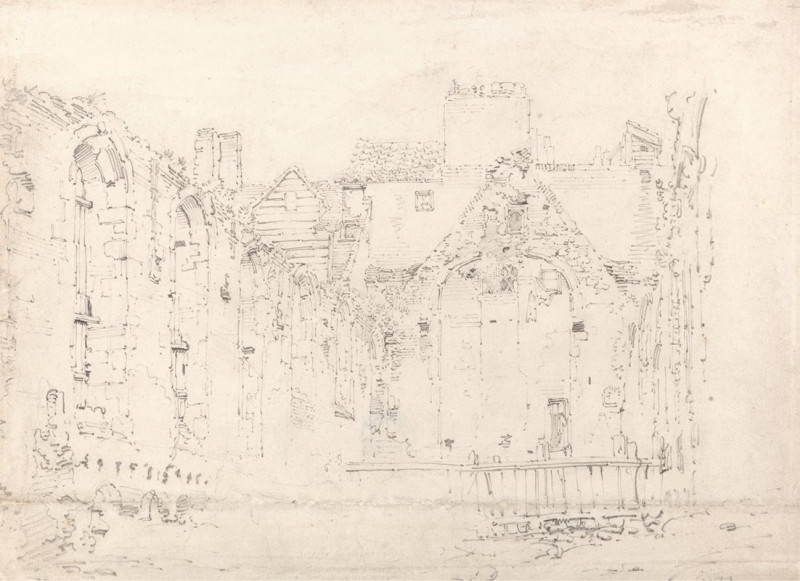
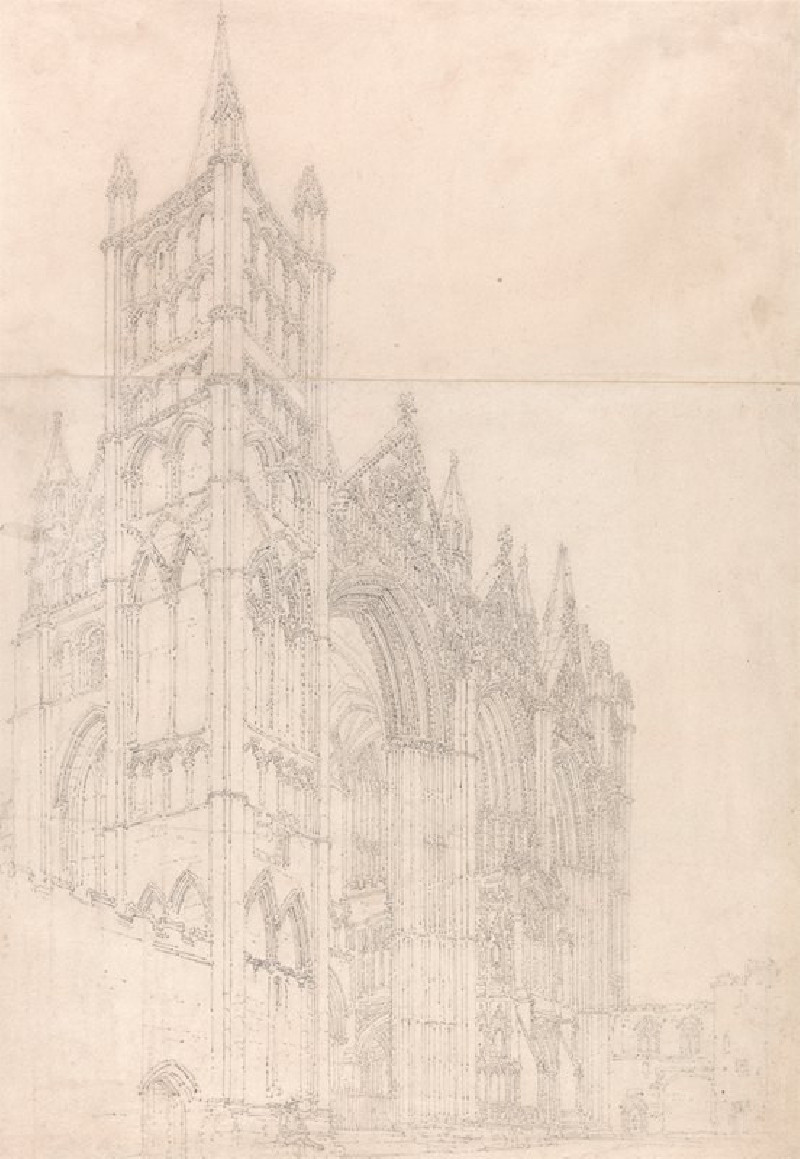

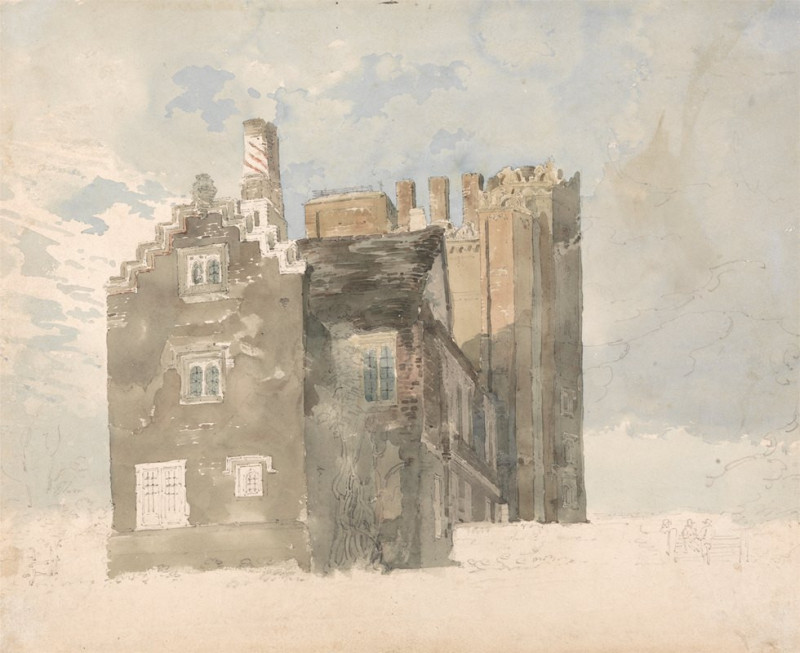
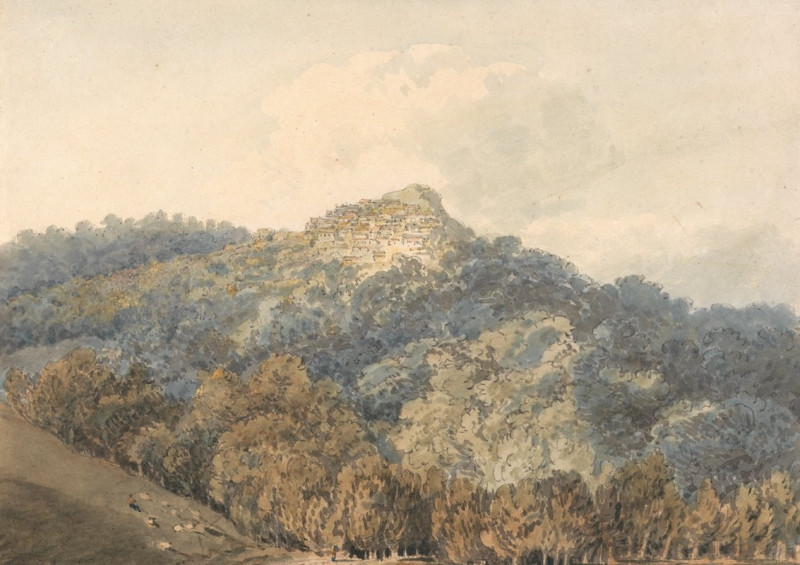
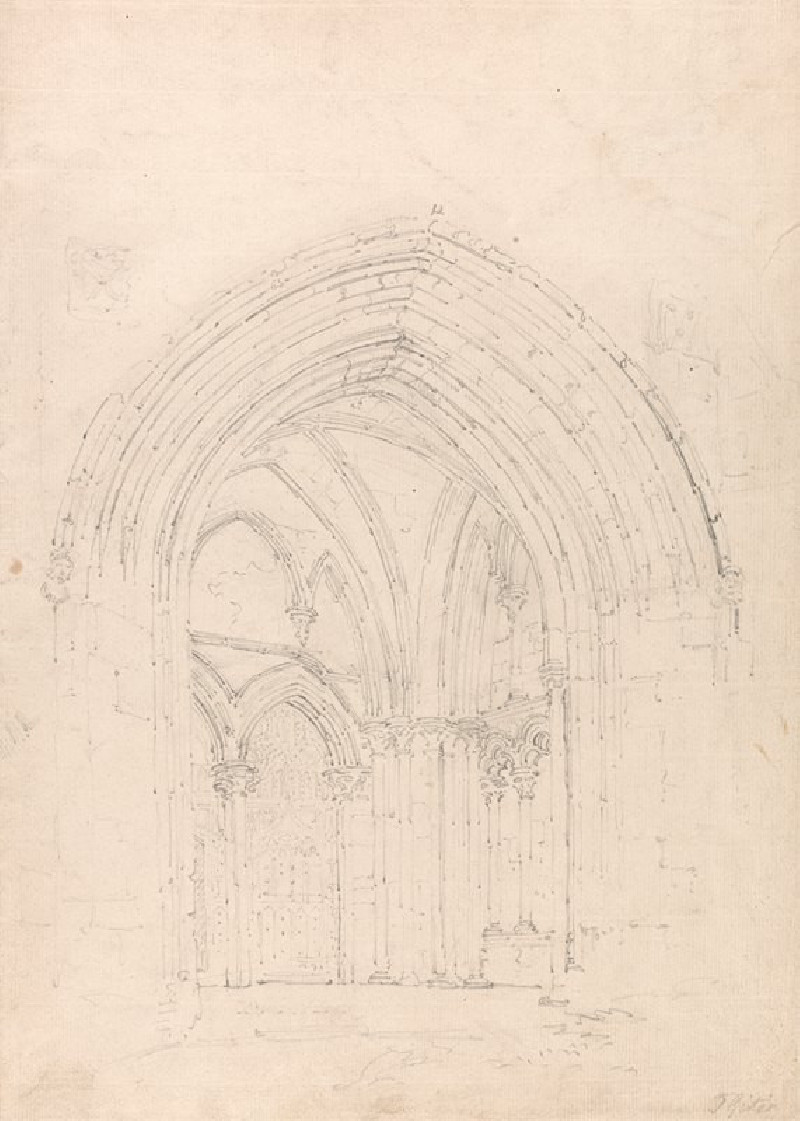
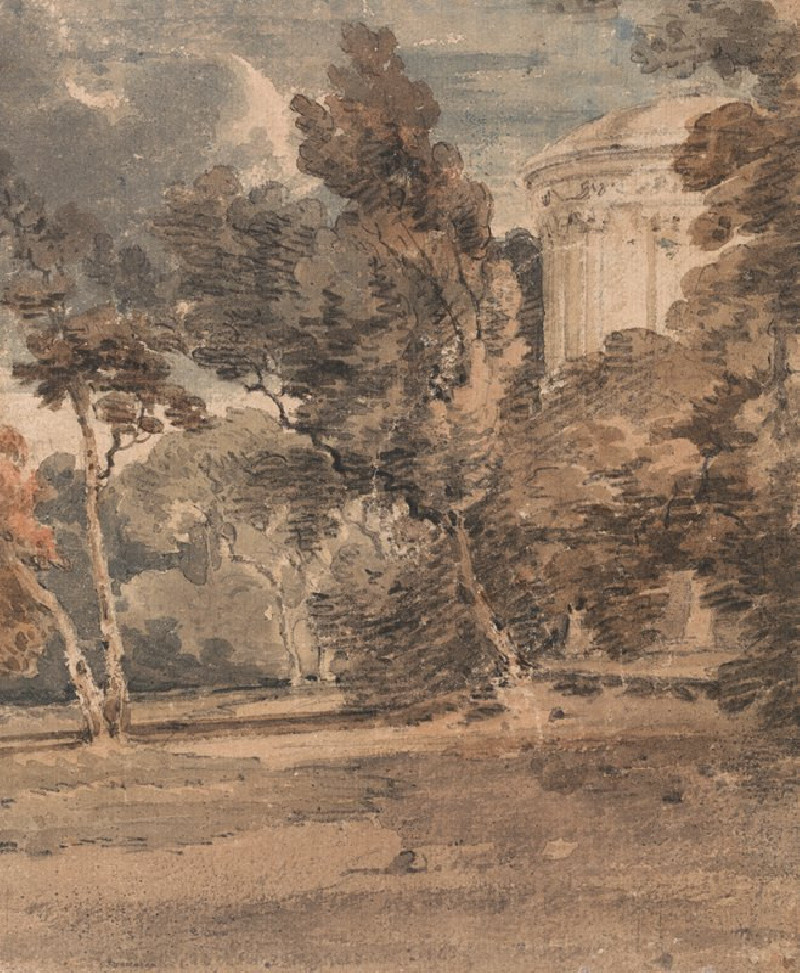



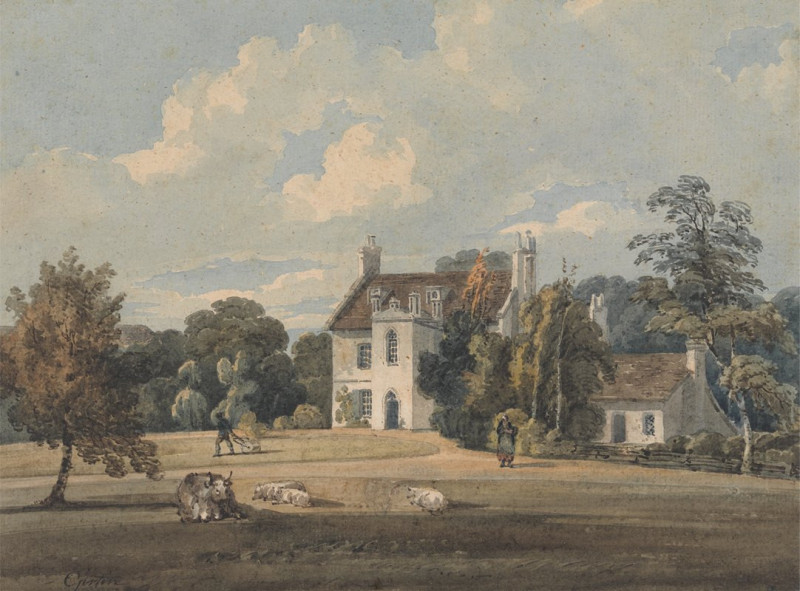

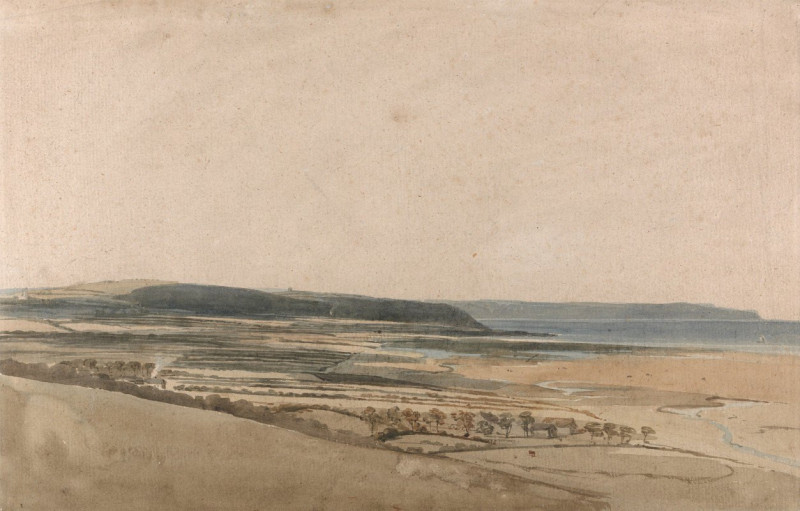
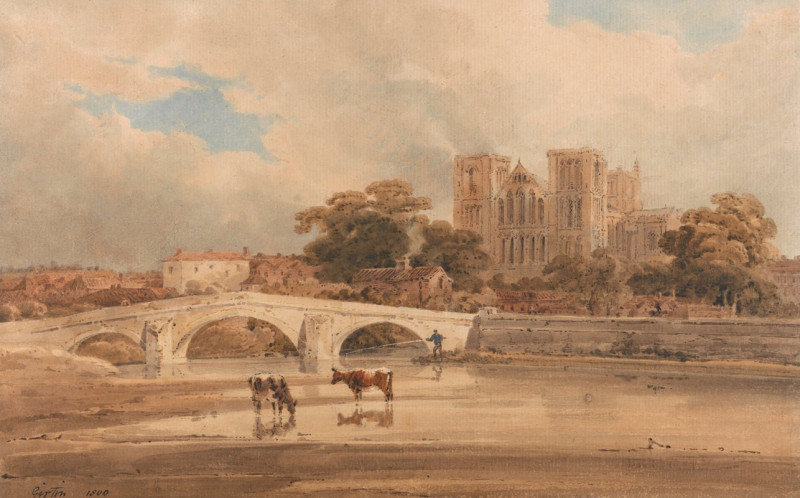
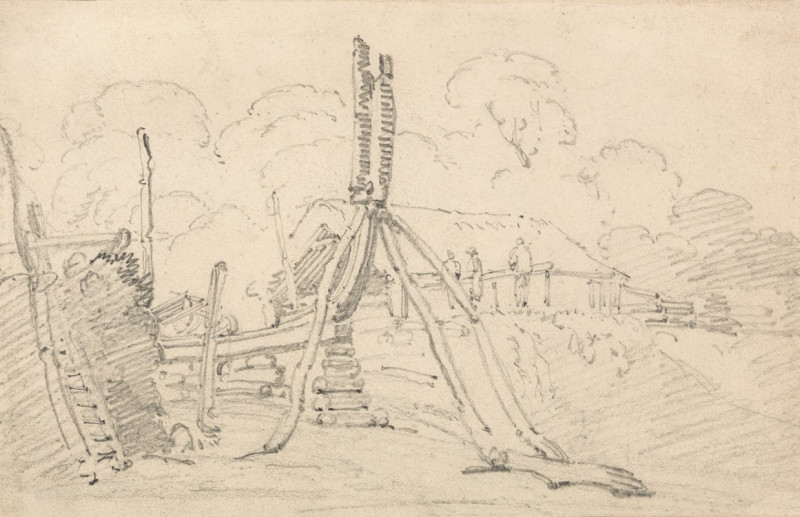
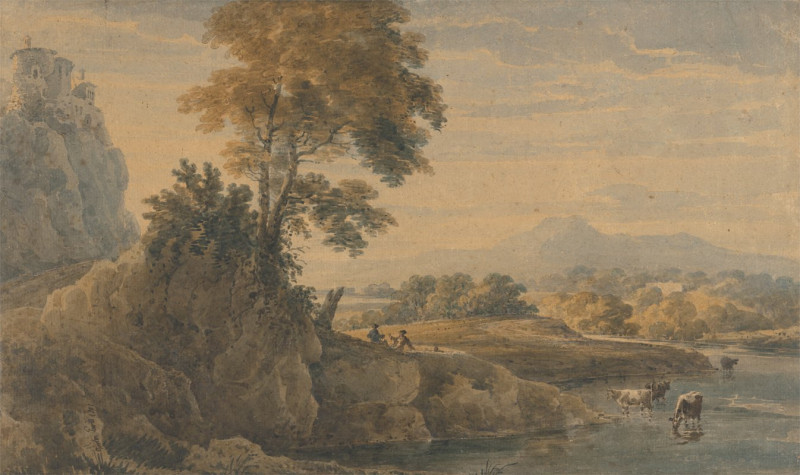

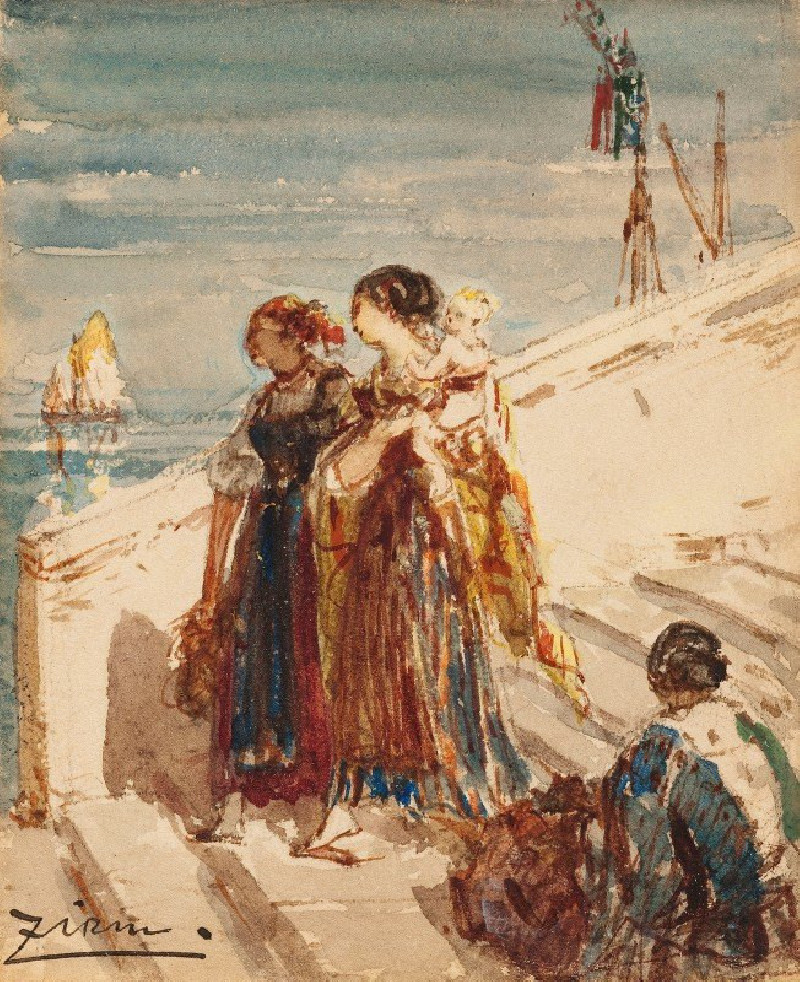
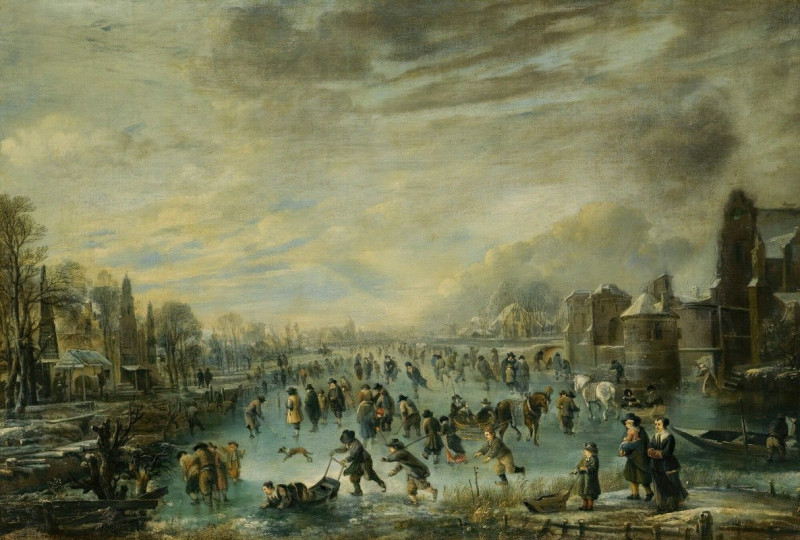
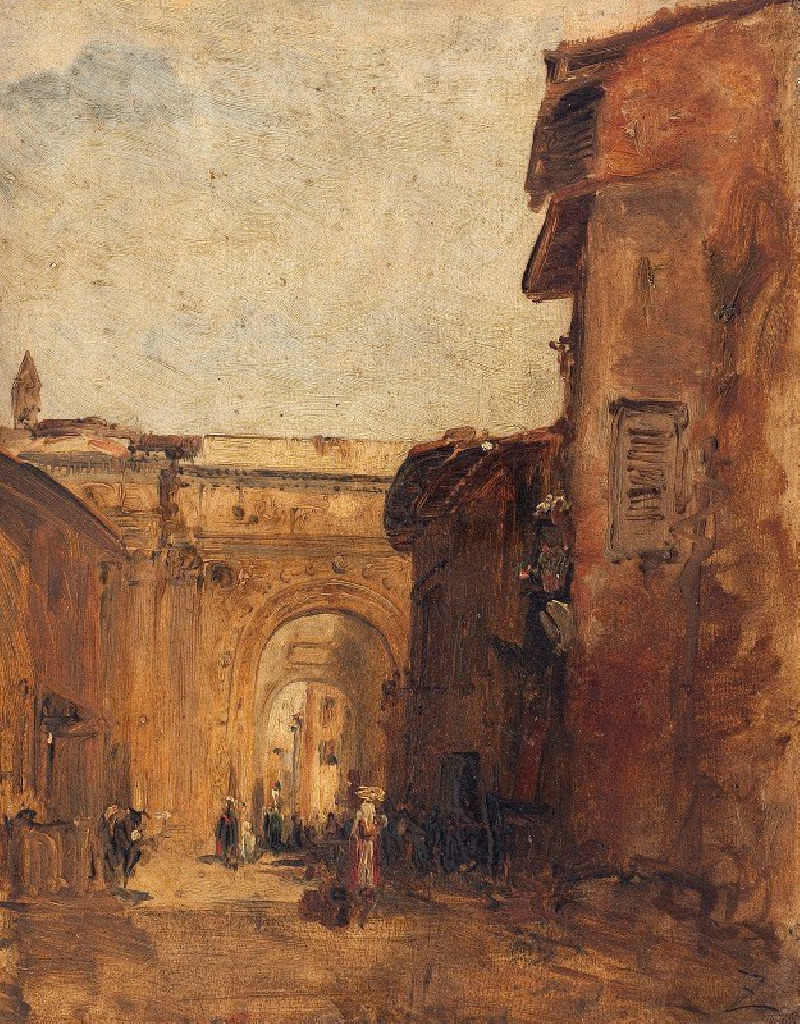
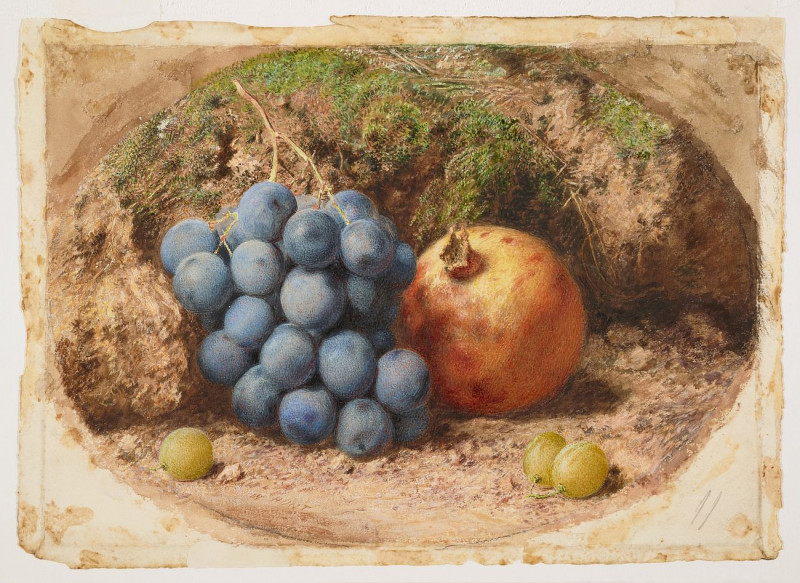
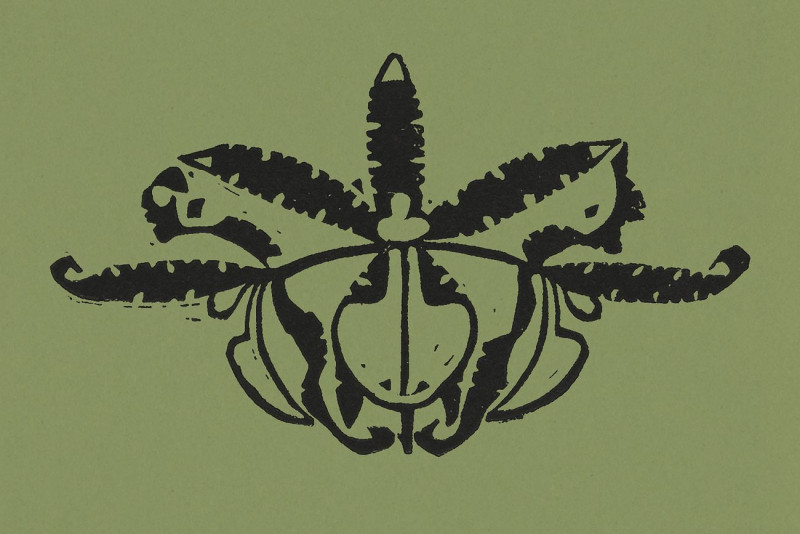
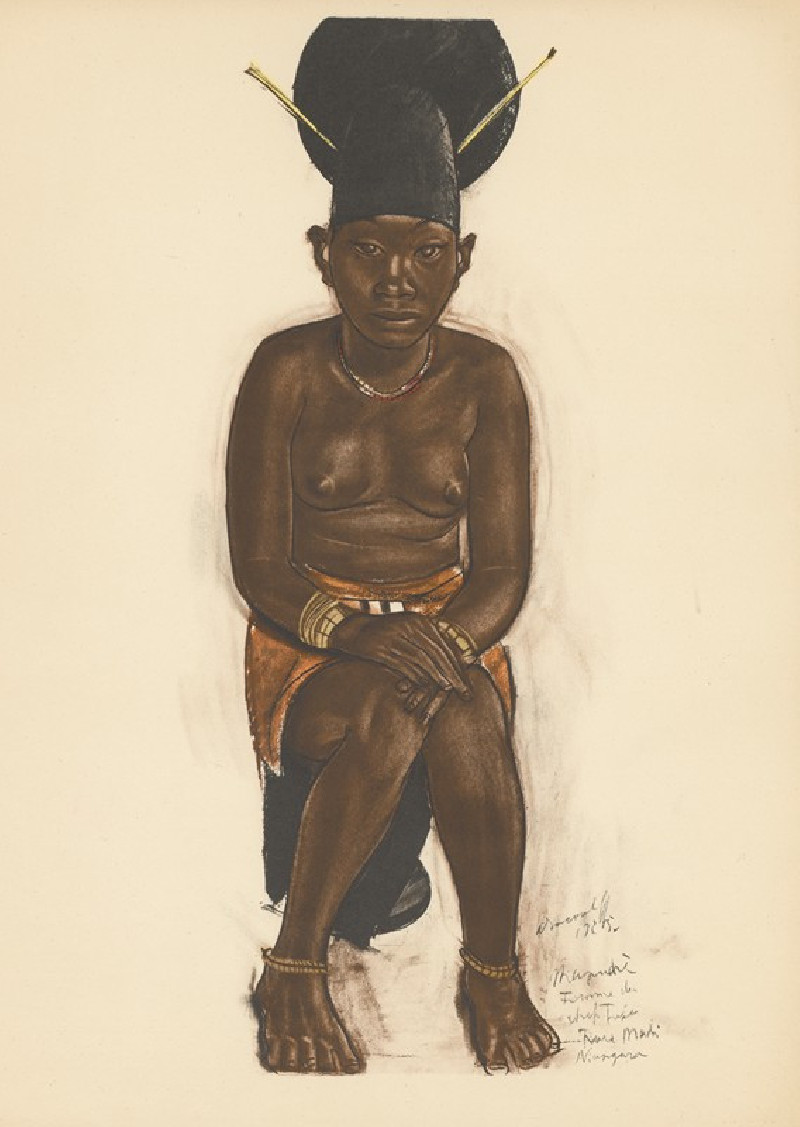
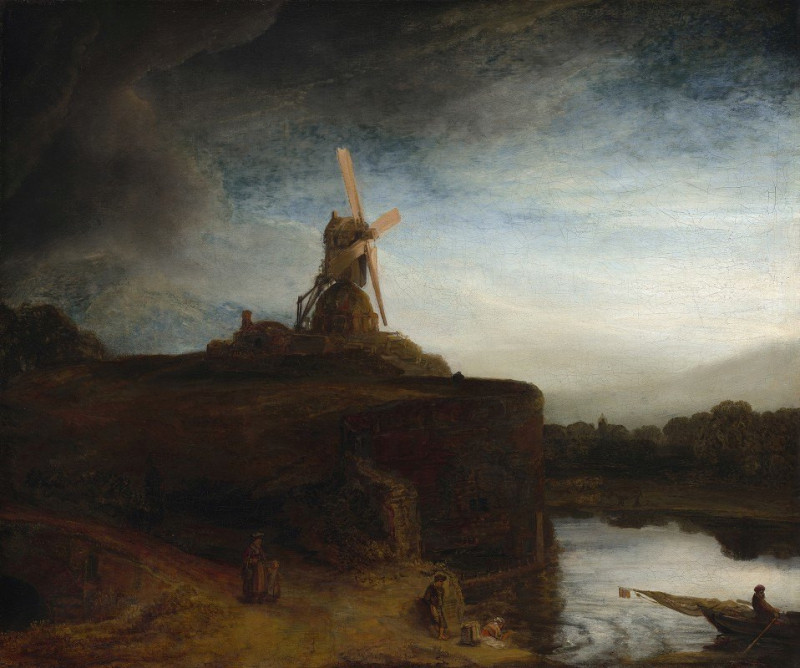


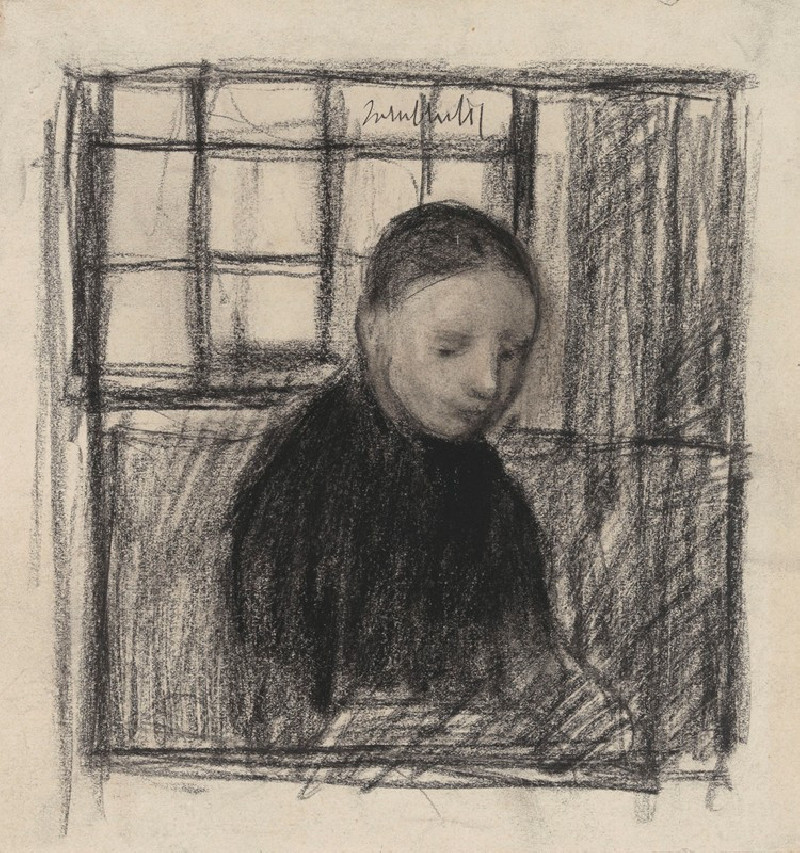
![Temple of Wady Saboua [Wadi al-Sabua], Nubia. (1846-1849) reproduction of painting by David Roberts. ALL GICLEE PRINTS](https://reprodukcijos.lt/39213-large_default/reproduction-of-temple-of-wady-saboua-wadi-al-sabua-nubia-1846-1849.jpg)
